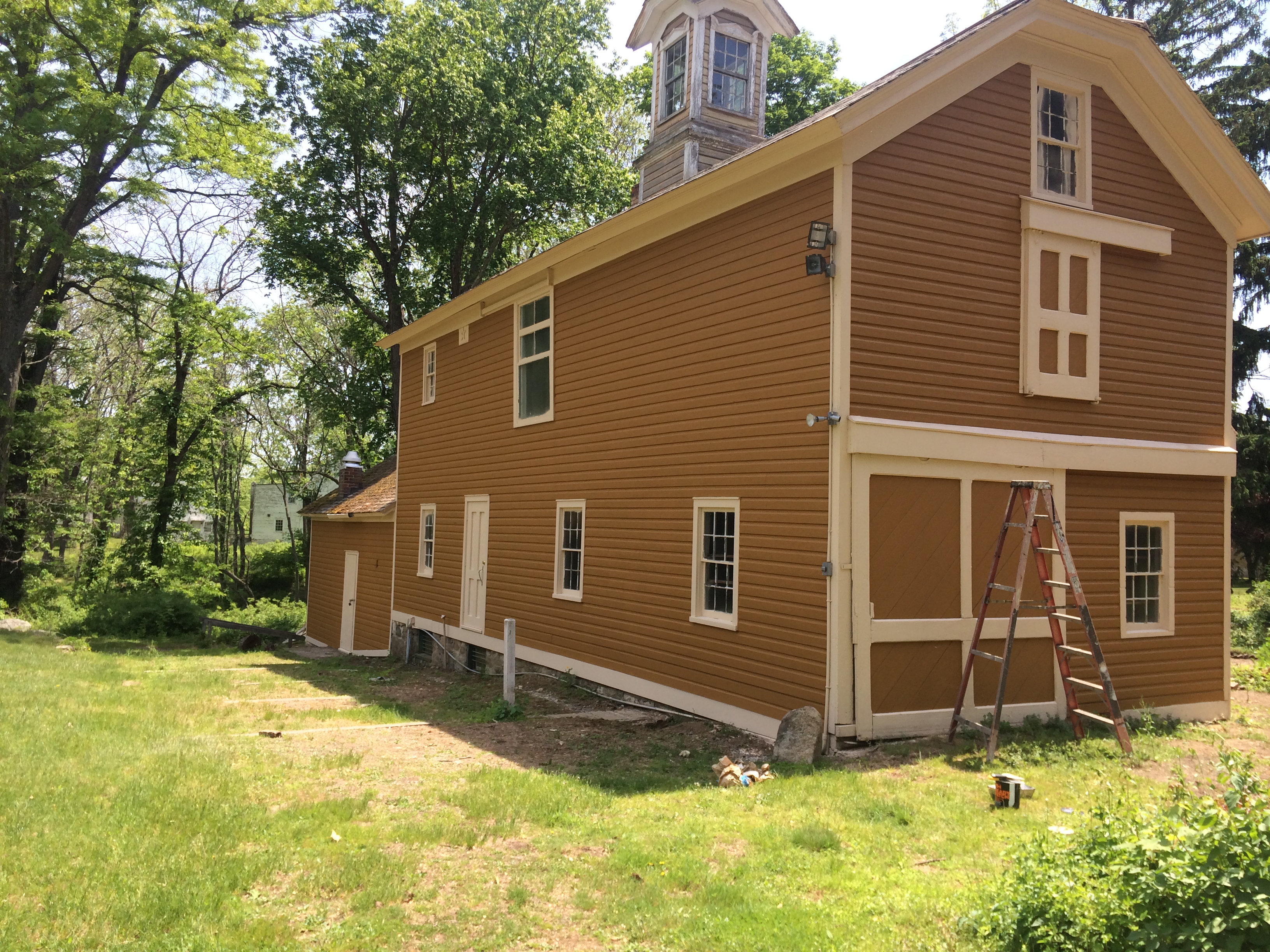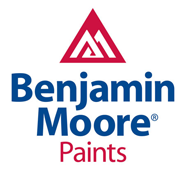Elevate Your Living Space with a Professional Touch
A fresh coat of paint does more than just change a color; it revitalizes your home, reflects your personal style, and protects your investment. For homeowners in Tinton Falls, New Jersey, a professional paint job can dramatically enhance curb appeal and create inviting interior spaces that you’ll love for years to come. Whether you’re refreshing a single room or undertaking a complete exterior repaint service, understanding the process and the benefits of hiring a professional is the first step toward a stunning transformation. Spectra Painting has been proudly serving New Jersey since 1989, delivering exceptional quality and craftsmanship to every home we touch.
The Art of Interior Painting: More Than Just Color
Your home’s interior is your sanctuary. The colors and finishes on your walls, ceilings, and trim play a crucial role in setting the mood and atmosphere of each room. While a DIY approach might seem tempting, the difference a professional painter makes is immediately apparent in the flawless finish and attention to detail. Professional interior painting services involve meticulous preparation, from protecting your furniture and flooring to ensuring surfaces are perfectly smooth and primed for optimal paint adhesion.
Key Steps in a Professional Interior Paint Job:
- Surface Preparation: This is the most critical stage. It includes cleaning walls, patching holes or cracks, sanding uneven surfaces, and applying the correct primer. This ensures the final coat is smooth, even, and durable.
- Quality Materials: Professionals have access to and experience with high-quality paints and tools that provide a superior, longer-lasting finish compared to standard consumer-grade products.
- Expert Application: Achieving clean lines, even coverage, and a streak-free finish requires skill and experience. Professionals understand the nuances of different paints—from latex to oil-based—and how they perform on various surfaces.
- Cleanliness and Efficiency: A professional team protects your home from spills and splatters and completes the project efficiently, minimizing disruption to your daily life. They also handle all the cleanup, leaving your space looking pristine.
Boost Curb Appeal with Exterior Painting
The exterior of your Tinton Falls home is its first line of defense against New Jersey’s varied climate. From hot, humid summers to cold, snowy winters, your home’s paint must be durable enough to withstand the elements. A high-quality exterior paint job not only makes your home look beautiful but also provides a vital protective barrier against moisture, UV rays, and pests, which can prevent costly repairs down the road.
Why is Exterior Paint Different?
Exterior paints are specially formulated with different resins and additives than interior paints. The binding resins in exterior paint are softer and more flexible, allowing them to expand and contract with temperature fluctuations without cracking. They also contain additives to resist mildew, fading from UV exposure, and peeling due to moisture. Using the wrong type of paint on your home’s exterior can lead to rapid failure and damage.
Quick Facts: Did You Know?
- A professional paint job can significantly increase your home’s resale value.
- The best seasons for exterior painting in New Jersey are typically late spring and early fall, when temperatures are moderate and humidity is lower.
- Most New Jersey homes require repainting every 5 to 8 years, depending on the siding material and weather exposure.
Hiring a Professional Painter in Tinton Falls
When choosing a painting contractor, it’s essential to select a team with a proven track record of quality, reliability, and professionalism. Since 1989, Spectra Painting has been a trusted name in New Jersey for both residential painting and specialized services. Tinton Falls features a beautiful mix of architectural styles, from classic Colonials to modern Ranches, and each requires a knowledgeable approach to achieve the best results. Homeowners should also consider contractors experienced in historic restoration painting if they live in an older home, to ensure its unique character is preserved.
What to Look For in a Painting Contractor:
| Quality | Steps to Verify |
|---|---|
| Experience & Reputation | Look for a company with a long history in the community. Check online reviews and ask for a client list or references. |
| Licensing & Insurance | Verify that the contractor is fully licensed and insured. This protects you from liability in case of accidents or property damage. |
| Detailed Written Estimate | A professional estimate will be detailed, outlining the scope of work, materials to be used, preparation steps, and total cost. |
| Clear Communication | Choose a contractor who is responsive, answers your questions clearly, and keeps you informed throughout the project. |
Ready to Transform Your Home?
Let the experienced team at Spectra Painting bring your vision to life. We offer free, no-obligation quotes for all residential painting projects in Tinton Falls and across New Jersey. Discover the difference that true craftsmanship makes.
Frequently Asked Questions
How often should I paint the exterior of my house in New Jersey?
Generally, homes in New Jersey should be repainted every 5 to 8 years. However, this can vary based on the siding material. Wood siding may need repainting every 3-7 years, while painted brick can last 15-20 years with proper preparation.
How long will a residential painting project take?
The timeline depends on the size and scope of the project. An average-sized interior room may take a day or two, while a full exterior repaint could take a week or more, weather permitting. A professional team works efficiently to complete the job in a timely manner.
Do I need to move furniture before the painters arrive?
While it’s helpful to clear smaller items and valuables from the room, our professional team will handle moving and covering large furniture to protect it from dust and paint. We ensure your home is treated with the utmost care.
How many coats of paint are necessary?
In most cases, two finish coats are recommended over a primer for the best coverage, durability, and color richness. A dramatic color change might require an additional coat or a tinted primer.






